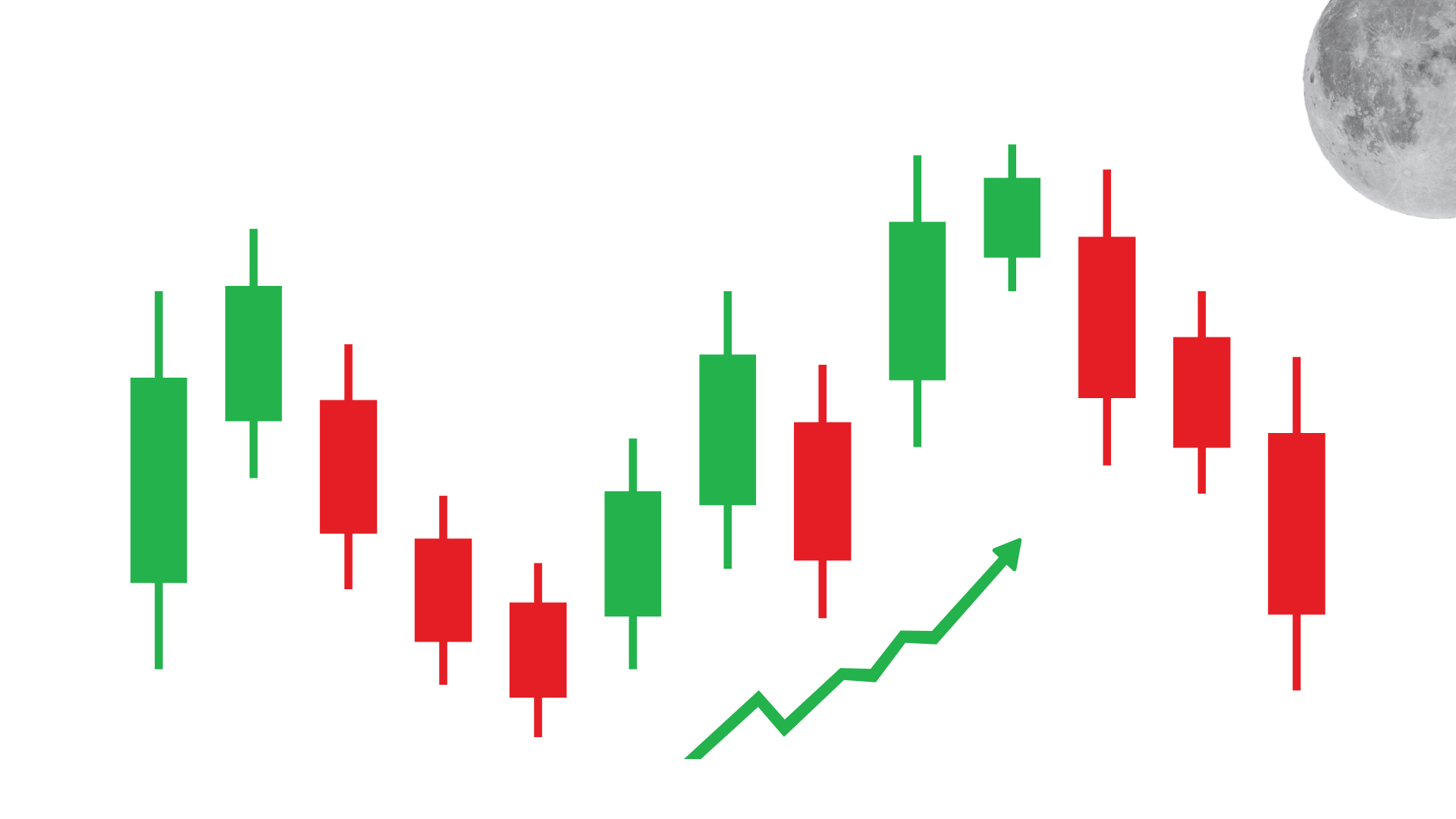About
Stock trading might sound complicated, but once you break it down into its individual parts, it’s quite approachable. This guide will walk you through the essentials from what stocks are to how trading works, plus some important concepts like leverage, volatility, and different types of stock positions.
What Are Stocks?
Stocks are essentially small ownership stakes in a company. When you buy a share of a company’s stock, you own a tiny piece of that business. Companies issue stocks to raise money to grow or fund new projects, and as an investor, you get to share in their success. If the company does well, the value of your shares goes up. If it doesn’t, the value may go down.
How Do We Trade Stocks?
Trading stocks is all about buying and selling shares on the stock market. You can do this through a brokerage platform, which acts as a middleman. The basic idea is simple: buy low and sell high. If you believe a stock will rise in value, you buy it. If it goes up, you sell it at a higher price, and the difference is your profit.
Long vs. Short Positions
Two common trading terms are long and short positions. A long position means you buy a stock with the expectation that its price will rise. You make money when the stock goes up in value.
A short position is a bit more complex. Here, you borrow shares and sell them at the current price, hoping the stock’s value will drop. If it does, you buy back the shares at a lower price, return them, and keep the difference as profit. Essentially, you’re betting against the stock’s price.
What Is Leverage?
Leverage allows traders to control a larger amount of money than they actually have. For example, with 2:1 leverage, you can trade $2,000 worth of stocks with only $1,000 of your own money. While leverage can multiply your gains, it also increases the risk—you could lose more than your initial investment if things go wrong.
Penny Stocks
Penny stocks are shares of small companies that trade at very low prices, often less than $5 per share. These stocks can be enticing for beginners because of their low cost, but they are also extremely risky. The companies behind penny stocks are often unstable, and the price can move dramatically in a short period.
Volatility
Volatility refers to how much the price of a stock fluctuates. Highly volatile stocks can swing wildly up or down, sometimes within minutes or hours. While this can present opportunities for fast gains, it also means the potential for quick losses. New traders should be careful about volatile stocks, as their unpredictability can lead to big mistakes.
Example Trades to Tie It All Together
Imagine you’re interested in a company called “TechGrow.” The stock is currently trading at $10 per share. You believe that TechGrow has promising new technology, so you take a long position by buying 100 shares for $1,000.
After a few months, the stock price rises to $15 per share. You sell your 100 shares for $1,500, making a profit of $500.
Now, let’s say you also notice another company, “OldCorp,” that you believe will struggle due to market conditions. You take a short position by borrowing 50 shares of OldCorp at $20 per share, selling them for $1,000. Later, the stock drops to $10 per share. You buy back the 50 shares for $500 and return them, keeping the difference of $500 as profit.
Lastly, suppose you decide to use leverage to buy more shares of TechGrow. With $1,000 of your own money and 2:1 leverage, you control $2,000 worth of shares (200 shares at $10 each). If the stock goes up to $15, you’d make $1,000 instead of $500. However, if the stock drops to $5, you’d lose $1,000 all of your initial investment.
Conclusion
Stock trading can be rewarding, but it also involves risks. As a beginner, start by understanding the basics, including:
- What stocks are and how to trade them
- The difference between long and short positions
- How leverage works and the risks involved
- The pros and cons of penny stocks
- The importance of volatility
start small, and never invest money you can’t afford to lose. With time and practice, you’ll grow more comfortable navigating the world of stock trading.
